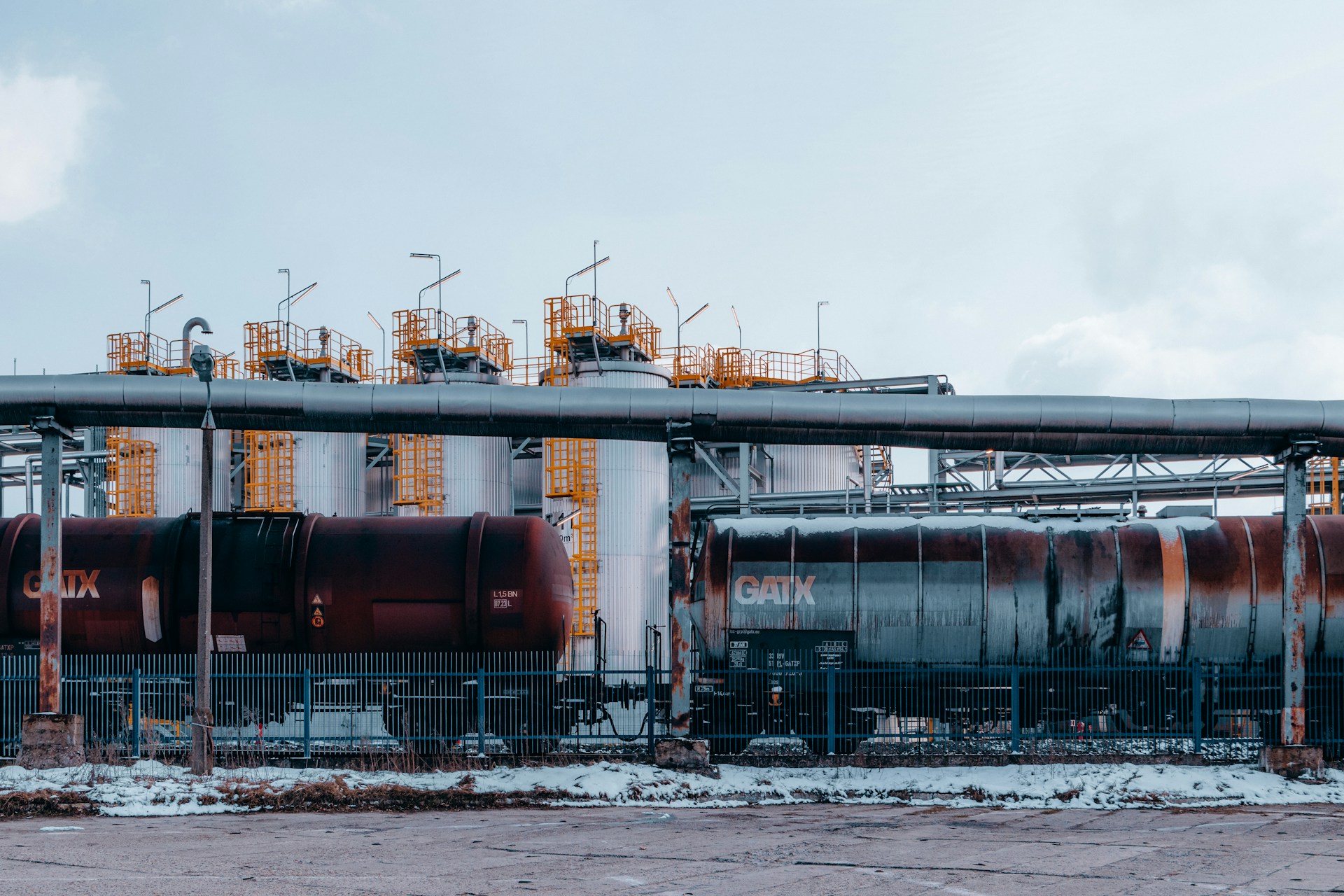
Winter brings a unique set of challenges for industrial facilities.
Freezing temperatures, snow, and ice can create operational headaches, especially if your systems are not properly equipped to handle the cold.
One of the most critical components to focus on during your winter readiness assessment is your Teflon lined expansion joints.
These specialized joints offer durability and flexibility, but even the toughest materials need attention when winter approaches.
At Zepco, we know how important it is to prepare your expansion joints for the coldest months of the year.
With proper maintenance and preventive measures, you can avoid costly repairs or system failures during the winter.
Here’s a comprehensive guide to ensuring your Teflon lined expansion joints are ready for whatever winter throws your way.
Why Teflon Lined Expansion Joints Are Essential for Winter
Teflon lined expansion joints are known for their exceptional chemical resistance and durability, making them an ideal choice for industries facing harsh operational conditions.
The Teflon lining ensures that the joint remains protected from corrosive substances, high-pressure environments, and extreme temperatures.
During winter, thermal contraction and expansion become more pronounced.
Cold temperatures can cause pipes and equipment to contract, increasing the pressure on your expansion joints.
Without proper maintenance, this can lead to cracks, leaks, and failures.
Teflon lined expansion joints provide the necessary flexibility to absorb these movements without compromising the system’s integrity.
However, they still need a winter readiness assessment to perform at their best.
Zepco’s Winter Readiness Checklist for Expansion Joints
Preparing your expansion joints for winter doesn’t have to be complicated, but it does require attention to detail.
Zepco recommends following this checklist to ensure your Teflon lined expansion joints are primed for winter conditions:
1. Visual Inspection
The first step in any winter readiness assessment is a thorough visual inspection of your expansion joints.
Look for signs of wear, damage, or misalignment.
Even minor cracks or tears in the Teflon lining can become major problems as temperatures drop.
Inspect the surrounding components, such as flanges, bolts, and pipe supports, to ensure they are secure and in good condition.
2. Check for Flexibility
Cold weather can make some materials more brittle, but Teflon lined expansion joints are designed to maintain their flexibility in low temperatures.
However, you should still test the joint’s movement and flexibility before winter sets in.
Make sure the joint can accommodate the expected thermal expansion and contraction without becoming too rigid.
3. Monitor for Leaks
Leaks are a common issue in cold weather, especially in systems that aren’t properly insulated or maintained.
Inspect your Teflon lined expansion joints for any signs of leakage, particularly around the seals and gaskets.
A small leak now can become a much larger issue as freezing temperatures take hold, potentially causing equipment failure or system shutdowns.
4. Insulate Where Necessary
In some cases, adding insulation around your Teflon lined expansion joints can help protect them from the cold.
While Teflon provides excellent resistance to extreme temperatures, insulation can prevent the surrounding system from becoming too cold, reducing the risk of thermal contraction and stress on the joint.
Insulation also helps prevent condensation, which can lead to corrosion over time.
5. Lubrication and Preventive Maintenance
Maintaining flexibility and ensuring smooth operation are crucial in winter months.
Regular lubrication of your expansion joints and surrounding components can prevent stiffness and ensure they function properly during the colder season.
Zepco recommends applying a high-quality lubricant designed for industrial use, ensuring that it won’t freeze or degrade in low temperatures.
Preventive Measures Supported by Zepco’s Solutions
At Zepco, we provide more than just high-quality Teflon lined expansion joints—we offer preventive maintenance services that keep your system protected year-round.
Winter poses unique challenges, but with the right preventive measures in place, you can ensure your expansion joints remain resilient in even the harshest conditions.
Zepco’s Teflon lined expansion joints are specifically designed for flexibility and durability, but our team also understands the importance of proactive care.
Before winter hits, our experts can assess your system, provide recommendations for improvements, and ensure your expansion joints are properly prepared to withstand the cold.
Tips for Preparing Your Expansion Joints for Winter:
- Schedule a professional inspection. Even if everything looks fine on the surface, a trained technician can spot issues that may not be immediately visible. Zepco’s team offers detailed inspections to identify any potential problems before they become costly repairs.
- Upgrade aging joints. If your expansion joints are older or showing signs of wear, winter is the perfect time to upgrade to Teflon lined expansion joints. Zepco’s modern, resilient solutions offer enhanced protection in extreme conditions.
- Monitor temperature variations. Pay attention to fluctuations in temperature and ensure your system can handle the range of thermal expansion and contraction without stressing the joints.
- Plan for emergency repairs. Despite best efforts, unexpected issues can still arise. Zepco provides emergency services to address any urgent problems, minimizing downtime and preventing further damage to your system.
Future-Proofing Your System with Teflon Lined Expansion Joints
As industries continue to evolve, the demand for robust, flexible solutions like Teflon lined expansion joints will only increase.
Emerging challenges, such as more stringent environmental regulations and increasing operational pressures, will require expansion joints that can withstand extreme conditions while maintaining a reliable seal.
Zepco is at the forefront of providing future-proof expansion joints that meet these demands.
Our Teflon lined expansion joints are designed for the long haul, ensuring your system remains operational and efficient throughout the winter and beyond.1
Keep Your Systems Resilient This Winter
Winter readiness is all about preparation.
By conducting a thorough assessment of your Teflon lined expansion joints and taking preventive measures now, you can protect your system from the harsh realities of winter and avoid costly downtime.
Need help ensuring your expansion joints are ready for winter?
Contact us today, and let our experts provide the support and solutions you need to keep your systems running smoothly all season long.
